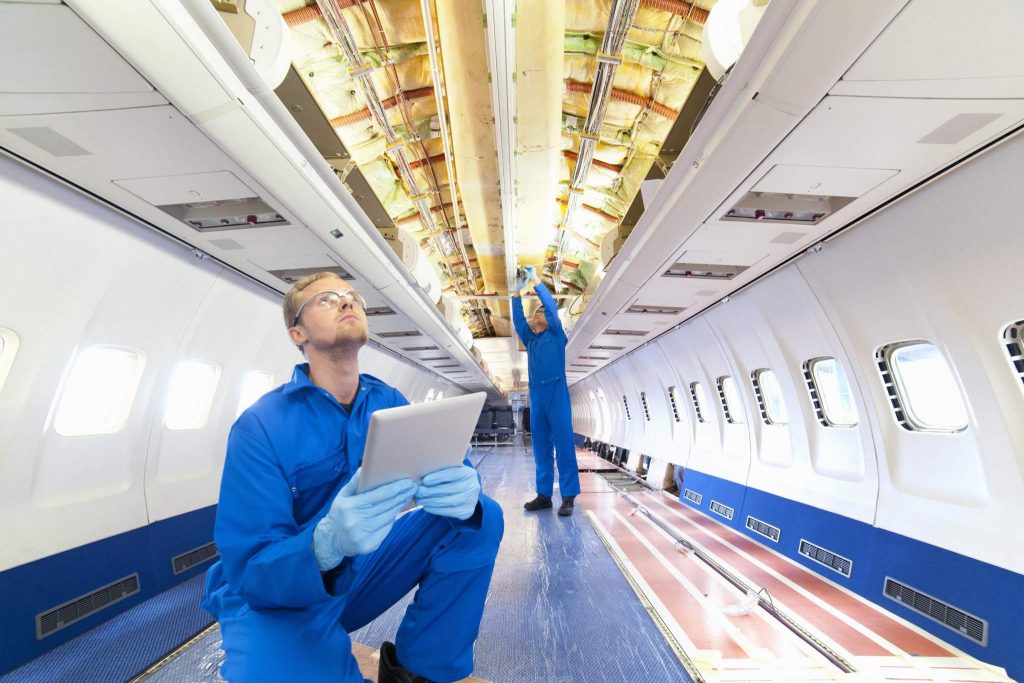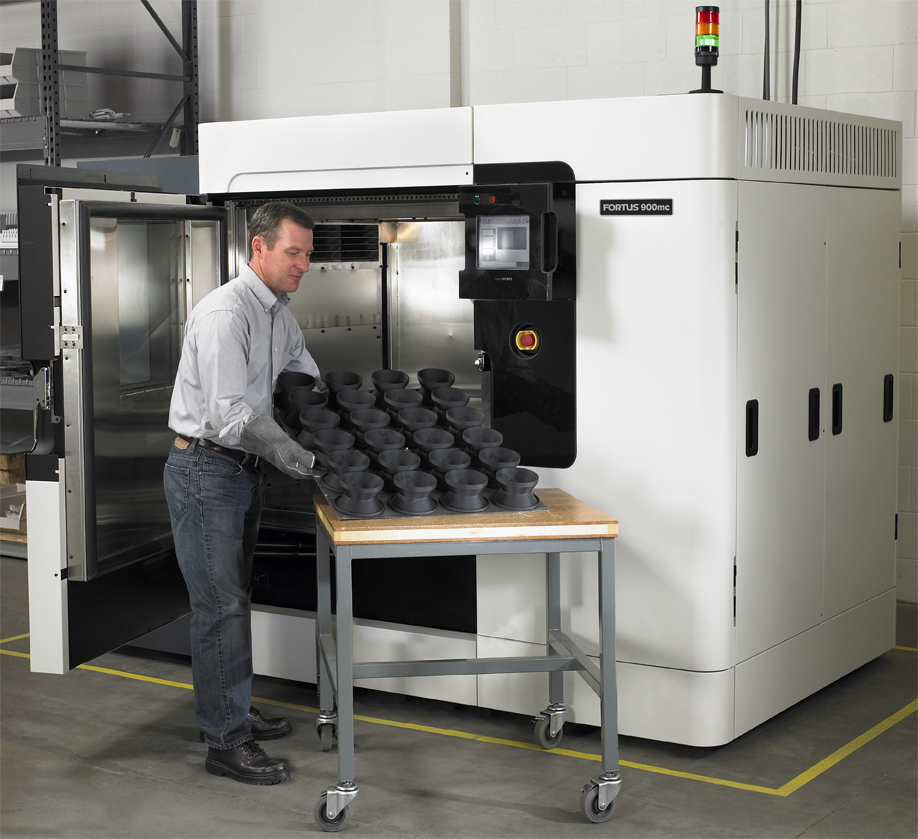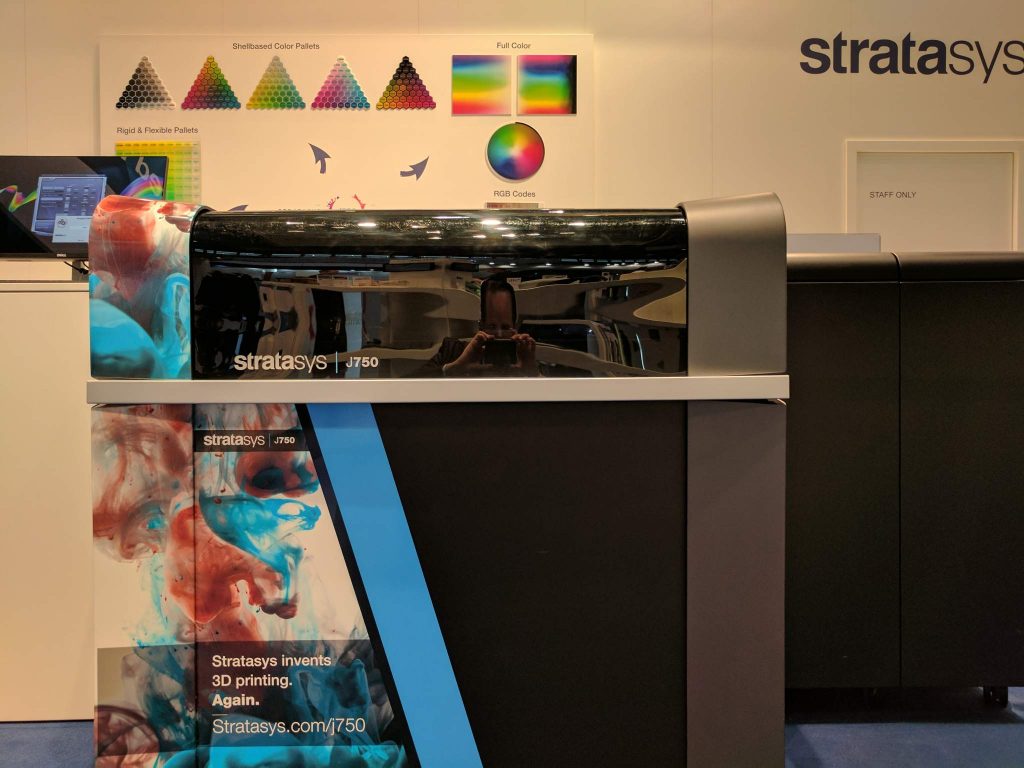This is a guest post in our series looking at the future of 3D Printing. To celebrate 5 years of reporting on the 3D printing industry, we’ve invited industry leaders and 3D printing experts to give us their perspective and predictions for the next 5 years and insight into trends in additive manufacturing.
John McEleney is a co-founder of Onshape, the full-cloud CAD company enabling design teams to collaborate in real time on any computer, phone or tablet. His 30-plus years of experience in the mechanical design/software industry includes being CEO of SolidWorks and CEO of CloudSwitch, a cloud enterprise software company acquired by Verizon. He is also currently a director of Stratasys, Inc., a publicly held 3D printing company. John holds a Bachelor’s of Science degree in mechanical engineering from the University of Rochester, an MS in manufacturing systems engineering from Boston University, and an MBA from Northeastern University. In his free time, he enjoys skiing, golf, and adventure travel.
3D Printing The Next Five Years by John McEleney
Now celebrating its 70th anniversary, Singapore Airlines is well known for its luxury business-class beds on long haul flights, and its policy of addressing every passenger by name – their personalized customer service was lauded by the Harvard Business Review. But Singapore Airlines is also an early innovator in 3D printing. Its subsidiary, Singapore Airlines Engineering Company, recently signed a deal with Stratasys to explore the creation of an additive manufacturing facility for the research, design and production of aircraft parts.
At first, Singapore Airlines Engineering Company won’t be 3D printing structural elements of the plane frame or any engine parts, but rather many of the interior things you and I see as passengers. Things like meal trays, window shades and the brackets that fasten the overhead luggage compartments. Right now, the airlines need to maintain inventories of a ton of different parts for when they need to be replaced across the fleet. It’s extremely expensive. Multiply that cost times the number of different permutations of planes and you can understand why it is such a logistical nightmare.

Being able to just print parts on demand would be a godsend.
As a longtime board member of Stratasys and as the co-founder of Onshape, a full-cloud 3D CAD company that serves many 3D printer manufacturers, I’ve been privileged to have a box seat to observe the explosive growth of additive manufacturing. Here are five trends to keep your eye on over the next five years…
Look for more materials
On the material side, you’re going to see vendors putting more and more emphasis into materials development, into the chemistry and the delivery of those materials. It might be the greater availability of higher-temperature materials, more structural materials, and more flexible materials. And the kinds of new materials will reflect more about the way in which people want to create and use parts. MIT and Steelcase just came up with an alternative method of printing inside a vat of gel that suspends objects and avoids the need for support materials. Researchers at Duke University have developed another 3D-printed gel that mimics human cartilage when dried.
Metal 3D printing will become more affordable
Expect the increased availability of more affordable and more widely adopted usage of materials for metal manufacturing from companies such as Markforged and Desktop Metal. These are companies that deposit metal along with a substrate material – whether it’s wax or another material that goes through a sintering process or an oven-heating element that later removes the substrate – and then the metal solidifies. Up until now, most available metal 3D printing technologies have been too expensive for prototyping or mass production. Lower price points and greater accessibility will allow many more companies to fully explore their options.
Expect more vertical applications of 3D printed manufacturing
In industries like the aerospace and automotive sectors, you’ll notice more usage of 3D-printed parts for tooling, jigs, and fixtures to facilitate the manufacturing process – whereas in the past, those things would traditionally get made through a subtractive process from a block of metal. By directly 3D printing an insert for a mold – instead of machining it out of a hunk of aluminum – you can manufacture things at a much more affordable cost. Because the subtractive process is extremely expensive, it has to be used for products with enough volume that you can amortize the cost of that mold. Creating molds using 3D printing gives you a more reasonable break-even price point for any production run. Secondly, you’re also going to see 3D-printing applications for unexpected business uses such as maintenance repair and operations.
Additive manufacturers will demand new design tools
Design tools are starting to significantly impact how and what people print. Let’s take a look at the suboptimal way in which many people typically print today. They’ll take a highly accurate digital B-rep (boundary representation) model from a CAD system and then create an STL file – and that becomes a bridge language for how to communicate to the machines. Well, the STL file is really a faceted representation of a very accurate digital model. Then 3D printers recreate all those facets, often requiring some kind of hand finishing to arrive at the desired end product. You’ll soon be able to say goodbye to the middle man. With tools like GrabCAD Print, more manufacturers will print directly from the B-rep model to the machine, eliminating the step of faceting the model with STL.
Because of the advantageous benefits of 3D printing for rapid prototyping, it’s likely more product designers will gravitate to a cloud-based CAD system such as Onshape. We’re noticing more additive manufacturers preferring to use full-cloud CAD because the process usually involves multiple iterations. Designers print a model, explore improvements and iterate again, leading to another 3D print. Onshape’s built-in versioning could play a much greater role in 3D printing because it allows you to quickly create and save different versions to explore – and you can easily merge the best features from different models into a brand new one. This complete traceability – to be able to instantly go back to the first iteration, second iteration, third iteration, etc., and track modifications – will encourage more innovation and creative risks.

Expect even more mass customization
I’ve been fascinated with how Align Technology, makers of Invisalign (the “invisible” braces), has used 3D printing to disrupt traditional orthodontics. Remember that tray of plastic goo your dentist stuck in your mouth as a kid to make a model of your teeth? It was disgusting. Now an orthodontist can get a 3D scan of your teeth instead and use the digital model to customize your mouthpiece, which will accordingly change throughout the treatment plan as your teeth move. It’s the ultimate example of mass customization: Every single patient receives a personalized product on their initial purchase and every time they need an “upgrade.”
As companies continue to strive to differentiate their products and services, preventing them from becoming commodities, mass customization will be one of the obvious places to turn. Being able to quickly deliver on-demand products of varying sizes, colors, shapes and materials (and with optional extras) is only possible with the latest 3D printing technologies.

The “future” is already here
When Stratasys founder and 3D printing pioneer Scott Crump’s patent for Fused Deposition Modeling (FDM) expired in 2014, we saw an explosion of 3D printing companies and accompanying media hype predicting there will be one in every home, like the personal computer or microwave oven. Yes, there has been a huge price drop and printers are commonplace for makers and hobbyists. But what’s really moving the needle are the high-end printers being used to produce not just prototypes, but real end-use parts. This summer, MIT is offering its first CAD for additive manufacturing course for its Professional Education program. The course is aimed at project managers, who may not necessarily have an engineering background, but who need to consider how 3D printing will fit in their overall manufacturing plans.
So where does this go long term? A good preview would be to take a look at GE Aviation’s additive manufacturing plant in Auburn, Alabama. Using 3D printing, GE dramatically improved the way it manufactures its fuel nozzle injectors for its best-selling LEAP jet engine. The nozzle injector is now printed out as one solid piece, versus the previous method of brazing and welding 20 different parts together. They took 20 parts and brought it down to one, and the new nozzle injector is 25% lighter and five times stronger.
GE has invested about $1.5 billion into additive manufacturing research and already earned more than 300 patents for new powder metals. Expect more companies across all industries to follow suit. These are extremely exciting times for 3D printing!
This is a guest post in our series looking at the future of 3D Printing, if you’d like to participate in this series then contact us for more information.
For more insights into the 3D printing industry, sign up to our newsletter and follow our active social media channels. Let us know your thoughts about this perspective on the future of 3D printing in the comments below.
More information about Onshape is available here.


